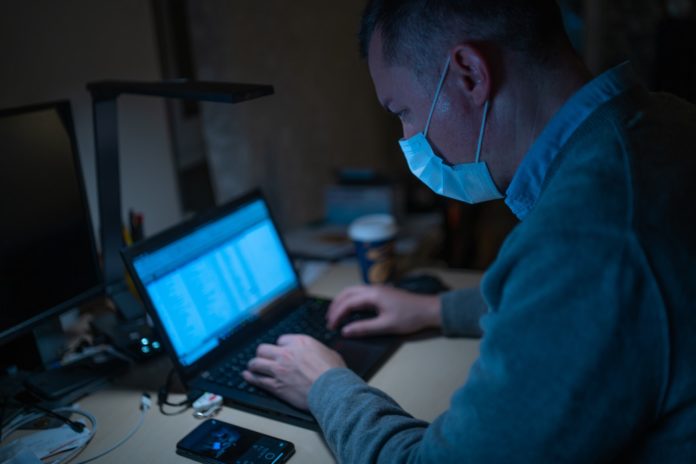Seven in every 10 (71%) IT and security professionals globally saw an increase in security threats and attacks since the new coronavirus outbreak started, as criminals seek to exploit the remote working explosion, according to a report from Check Point Software Technologies.
Results are based on a survey conducted by Dimensional Research, covering 411 respondents from organisations worldwide with at least 500 employees globally.
The leading threat was phishing attempts (cited by 55% or respondents), followed by malicious websites claiming to offer information or advice about the pandemic (32%), and increases in malware (28%) and ransomware (19%).
Almost all (95%) of respondents said they are facing added IT security challenges due to the spread of the new coronavirus. The three leading challenges were provision of secure remote access for employees (cited by 56%), the need for remote access scalable solutions (55%) and employees working from home were using shadow IT solutions — untested software, tools and services (47%).
Also, 61% of respondents were concerned about the security risks of having to make rapid changes to enable remote working, and 55% felt that remote access security needed improving. Close to half (49%) are concerned about the need to scale-up endpoint security.
“The pandemic has created a perfect storm of a global news event together with dramatic changes in working practices and the technologies used by organisations,” said Rafi Kretchmer, head of product marketing at Check Point.
“This has meant a significant increase in the attack surface of many organisations, which is compromising their security postures,” said Kretchmer.
He also said that firms, in order to ensure security and business continuity, must provide accessible and reliable connections between corporate networks and remote devices 24/7; promote collaboration and productivity between teams, networks and offices; and deploy robust protection against advanced threats and cybercrime techniques at all points on the enterprise network fabric.
















